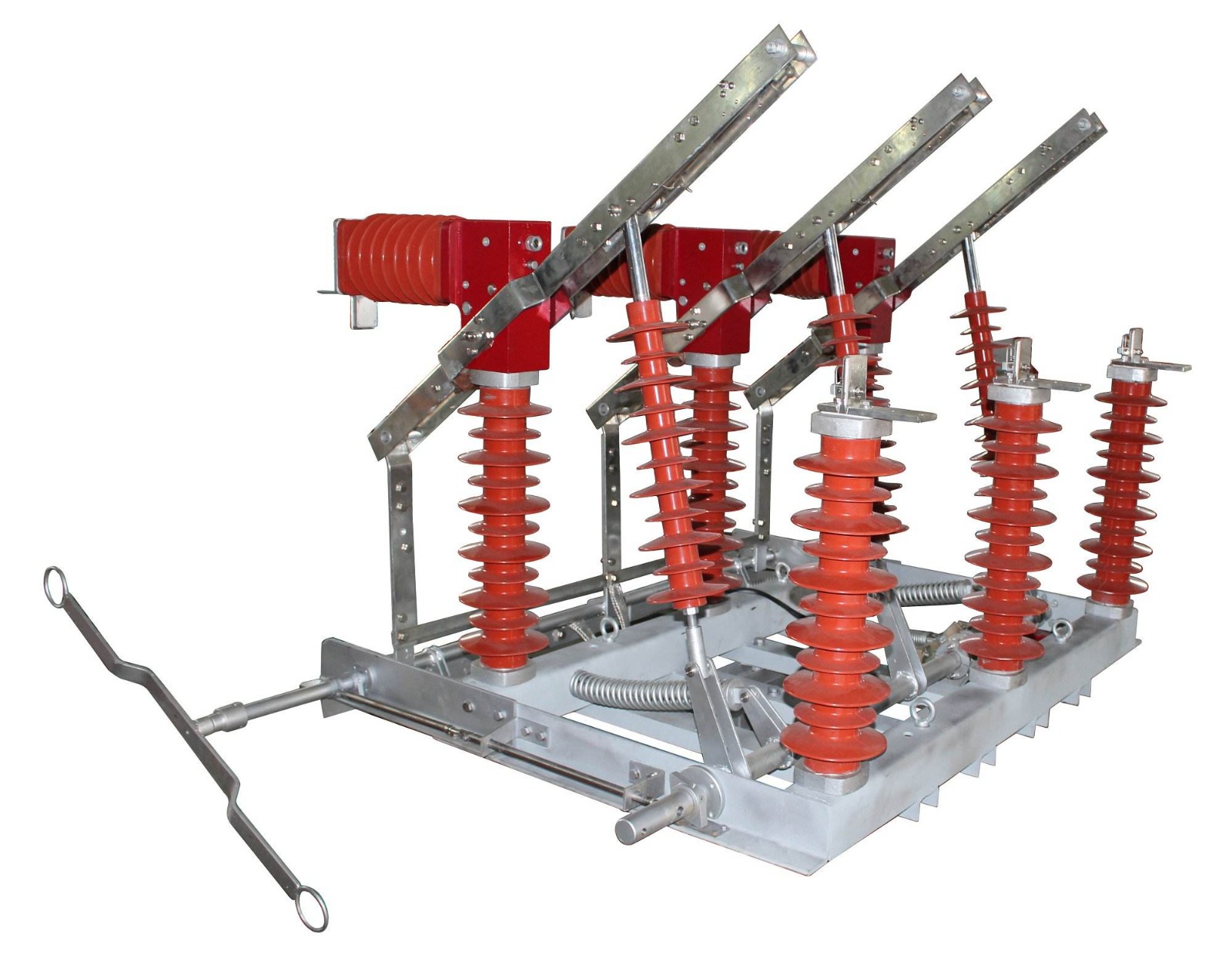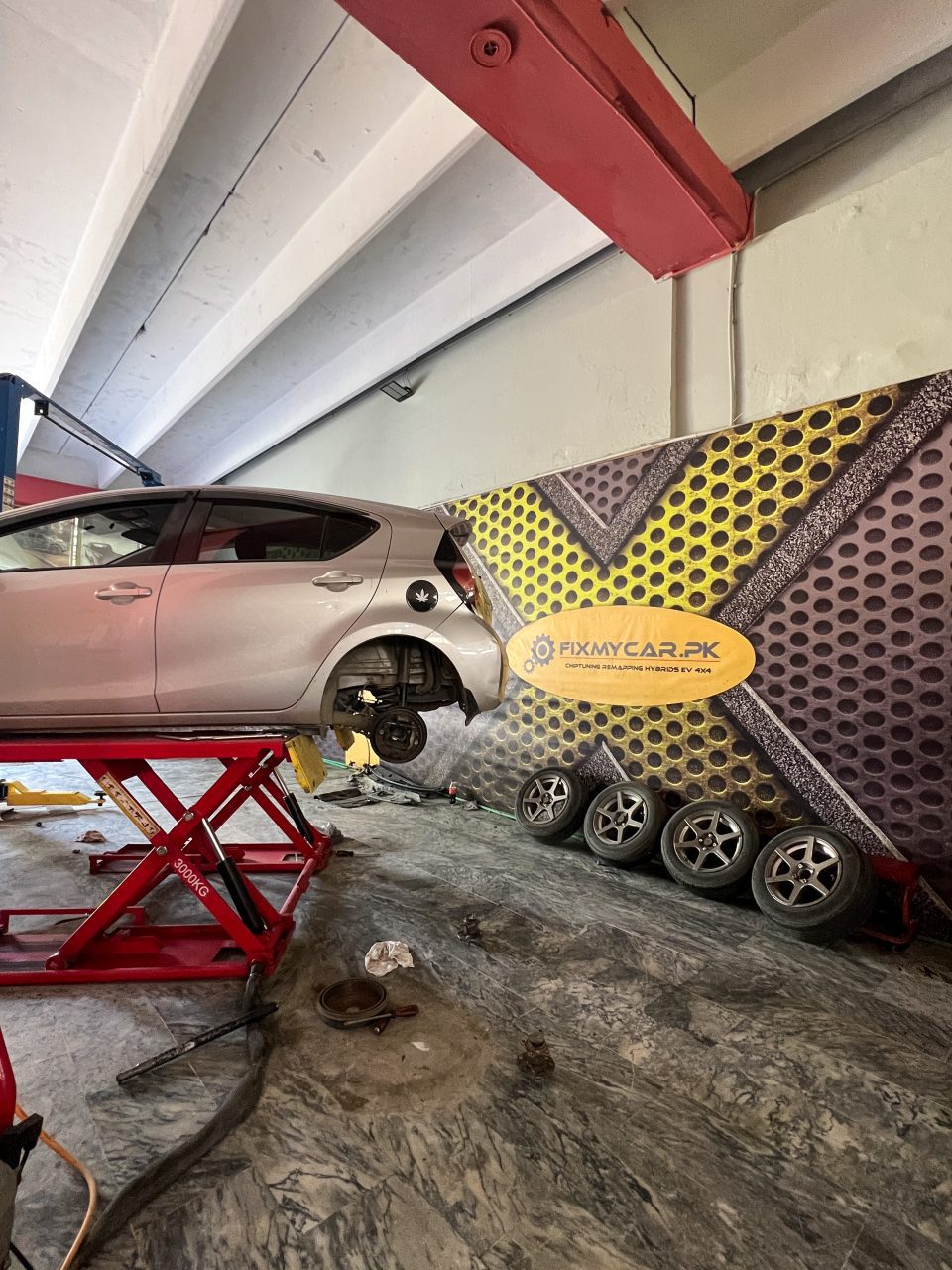Introduction to Vacuum Circuit Breakers
A vacuum circuit breaker is a crucial component in modern power systems designed to protect electrical grids from faults and overloads. It operates by interrupting the flow of current when a fault occurs, preventing damage to equipment and maintaining the stability of the grid. Unlike traditional breakers, a vacuum circuit breaker uses a vacuum as the arc quenching medium, offering superior performance and longer lifespan. The reliability of a Vacuum circuit breaker makes it a preferred choice for both high-voltage and medium-voltage applications in power distribution networks.
The Role of Vacuum Circuit Breakers in Power Systems
The main role of a vacuum circuit breaker in a power grid is to ensure that electrical faults are isolated quickly and efficiently. When a short circuit or overload happens, the vacuum circuit breaker disconnects the faulty section, allowing the rest of the network to continue operating normally. This selective fault isolation is essential for grid reliability. By minimizing downtime and preventing widespread outages, a vacuum circuit breaker plays an indispensable role in ensuring continuous power supply to consumers and industries.
How Vacuum Circuit Breakers Function
A vacuum circuit breaker operates by separating its contacts inside a vacuum chamber. When the contacts open, an electric arc forms, but due to the vacuum environment, the arc quickly extinguishes because there are no gases or particles to sustain it. This makes the vacuum circuit breaker highly efficient in interrupting current flow. Once the arc is extinguished, the dielectric strength between the contacts recovers rapidly, allowing the breaker to handle repeated operations without wear. The simplicity and effectiveness of this mechanism make a vacuum circuit breaker an ideal choice for high-demand electrical systems.
Advantages of Using Vacuum Circuit Breakers
One of the key benefits of using a vacuum circuit breaker is its durability. The absence of gas or oil eliminates the risk of leakage or contamination, resulting in minimal maintenance requirements. Additionally, a vacuum circuit breaker offers fast operation and high dielectric recovery, which ensures reliable performance even under harsh conditions. Another advantage is environmental friendliness since a vacuum circuit breaker does not use any greenhouse gases like SF6. These features collectively enhance the reliability and sustainability of modern power grids.
Enhancing Grid Reliability with Vacuum Circuit Breakers
Grid reliability depends on how effectively faults can be managed without affecting overall performance. A vacuum circuit breaker significantly improves reliability by reducing fault duration and preventing cascading failures. In a large interconnected grid, even a small fault can disrupt power flow to multiple regions. With the use of a vacuum circuit breaker, the affected part is isolated almost instantly, maintaining the stability of the rest of the network. This precise fault management capability ensures consistent energy delivery to end users.
Maintenance and Longevity of Vacuum Circuit Breakers
Another factor contributing to grid reliability is the long operational life of vacuum circuit breakers. Since there are no gases to degrade or liquids to replace, maintenance intervals are extended. A vacuum circuit breaker can perform thousands of operations without contact erosion or degradation in performance. This longevity reduces the need for frequent replacements and ensures stable operation for years. With lower maintenance costs and reduced downtime, utilities can rely on vacuum circuit breakers for dependable service.
Applications of Vacuum Circuit Breakers in Power Distribution
Vacuum circuit breakers are widely used in substations, industrial plants, and renewable energy systems. In substations, they protect transformers and feeders from electrical faults. In industrial environments, a vacuum circuit breaker safeguards motors, generators, and switchgear. With the growing adoption of solar and wind energy, vacuum circuit breakers are essential for managing power fluctuations and maintaining grid balance. Their versatility and adaptability make them integral to all modern electrical infrastructures.
Comparing Vacuum Circuit Breakers with Other Breaker Types
When compared to oil or air circuit breakers, the vacuum circuit breaker stands out for its efficiency and low maintenance. Oil circuit breakers require frequent monitoring and pose fire hazards, while air circuit breakers have slower arc extinction times. The vacuum circuit breaker, on the other hand, provides rapid arc quenching and high insulation levels. Its compact design also makes installation easier, allowing power companies to modernize their infrastructure efficiently. This combination of safety, reliability, and cost-effectiveness makes the vacuum circuit breaker the superior choice.
The Future of Grid Systems with Vacuum Circuit Breakers
As global energy demands rise and renewable integration increases, the role of the vacuum circuit breaker becomes even more critical. Future smart grids rely on automation, fast response, and high reliability—all features that a vacuum circuit breaker provides. Manufacturers are continually improving designs to enhance breaking capacity and digital monitoring capabilities. With IoT integration, a vacuum circuit breaker can now communicate data in real time, enabling predictive maintenance and improved fault analysis. This technological advancement further strengthens grid reliability and efficiency.
Conclusion
A vacuum circuit breaker is not just a protective device—it is the backbone of reliable power distribution. Its ability to quickly isolate faults, operate with minimal maintenance, and function efficiently in various conditions makes it indispensable for modern electrical networks. By incorporating vacuum circuit breakers across the grid, utilities can ensure continuous power supply, protect valuable infrastructure, and minimize environmental impact. As the demand for stable and sustainable electricity grows, the vacuum circuit breaker will remain a key component in ensuring grid reliability and performance for the future.




